Published
on 5
Nov 2017
|
All rights reserved.
|
|
|
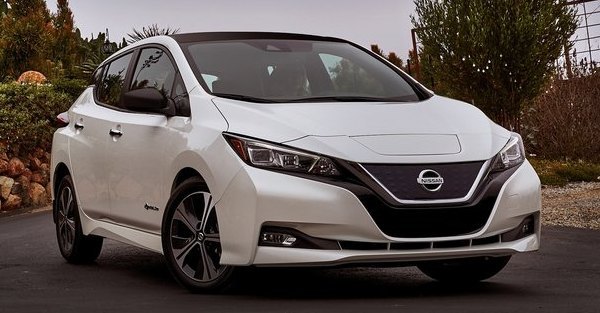
|
|
Despite
the radical front end, the new Leaf no longer looks distinctive.
|
|
With cumulative sales of
283,000 units, the first generation Leaf was the world's best-selling
EV, although it didn't quite match Renault-Nissan's original
projection. Last year, it still sold 47,000 units, thanks to the lack
of competitors at its price level. However, the competition is rising
fast. GM’s Chevrolet Bolt offers a much larger battery for a 200 miles
range. Although it is not quite as large or as accommodative as the
Nissan, it is a much fresher, faster and more competent car as a whole.
At the upper end of the spectrum, Tesla Model 3 is just slightly more
expensive but a lot classier. Its 400,000 units-plus reservations will
easily trump the Nissan’s sales volume once Tesla can ramp up
production. It is time for Nissan to upgrade its competitiveness.
Naturally, the second generation Nissan Leaf is better than its
predecessor everyway – except perhaps look. Well, its new sheet metal
is sleeker and more sculpted than ever. You may also call its new front
grille and headlights radical, but since all other recent Nissans have
adopted more or less the same radical front ends, the Leaf is no longer
distinctive. In fact, the only way to spot it as an electric car is the
lid above its nose which gives access to the charging plug. Otherwise,
it looks just like an ordinary family hatch. Some might even find the
new Micra more futuristic.
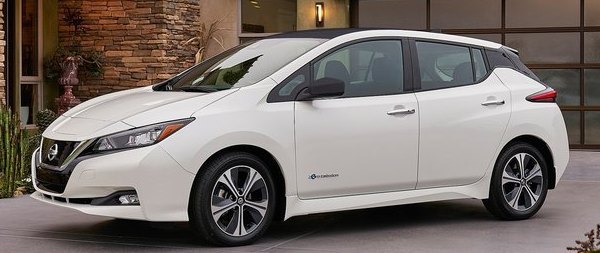
|
|
Some
might even find the new Micra more futuristic.
|
|
The new car is built on a platform adapted from the original car. Its
lithium-ion battery pack is again placed under the cabin, while the
electric motor and power electronics are situated between the front
wheels like a conventional 4-cylinder engine. The battery is physically
the same size as before, but thanks to improved packaging of cells, new
chemistry and new electrode materials, both power and energy density
are increased, so is its capacity, which is increased from the outgoing
car's 30kWh to 40kWh (note: the original Leaf had a 24kWh battery at
the beginning). This extends its driving range massively, from 155 to
235
miles as measured by NEDC, or 107 to 150 miles by EPA or 280 to 400km
by JIS standard. Moreover, Nissan will offer an option of 60kWh battery
next year, an afterthought obviously responding to Chevrolet Bolt,
which offers 60kWh as standard.
Meanwhile, the electric motor gets more powerful, too. It produces
150hp instead of the outgoing 109hp, while maximum torque is lifted by
20 lbft to 236 lbft. Hopefully this will improve its 0-60 mph time from
11 seconds to just over 8 seconds, although Chevrolet and the new BMW
i3s are still beyond its reach.
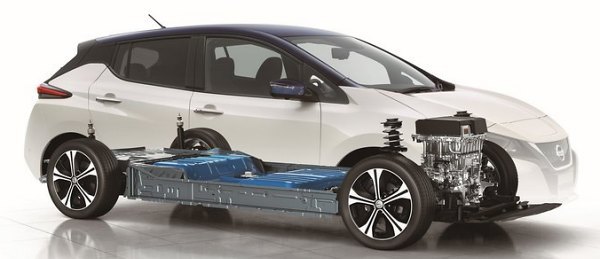
|
|
Platform
is carried over, but now comes with more power and longer range.
|
|
The rest of the car does not change as much as its powertrain though.
It is only 35mm longer, 20mm wider and 10mm lower than before, while
the 2700mm wheelbase is unchanged. Aerodynamic drag is lowered slightly
from 0.29 to 0.28. Suspension is still space-saving struts up front and
torsion beam at the rear.
The story inside is much the same as outside. The cabin looks more
conventional and boring, without anything except the TFT instrument to
distinguish itself from any conventional family hatchbacks. The
dashboard might be made of slightly better plastics as in any new cars
in the segment, but its design is dull and the color is all-dark grey,
failing to deliver the smart and cheerful ambience of the old car.
Blame to the lower roof and faster windscreen, the cabin feels less
airy, too. The driver seat is set too high and the steering wheel lacks
reach adjustment for a perfect driving position. On the positive side,
the seats themselves are quite comfortable (unless you enjoy pushing
the car in the twisty, as they lack lateral support). The cabin remains
roomy, with remarkable leg and headroom for rear passengers. Moreover,
the boot is huge at 435 liters, up from the previous 370 liters.
Nissan’s engineers have delivered the promise for more efficient
packaging. Unfortunately, their styling colleagues are not as good.
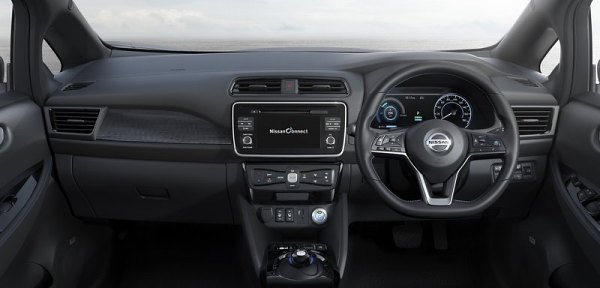
|
|
The
cabin is more conventional and even boring...
|
|
On the road, there is no surprise. The EV runs quietly and smoothly in
urban area. Its motor provides quite a strong punch at low speed, which
is sustained well into highway speed, though top speed is
electronically limited to 90 mph, just the same as before. Acceleration
is really much quicker, more than an average family needs in fact. A
new feature – though not so new in the world of EVs – is a one-pedal
driving function called e-Pedal. When you release the accelerator
pedal, it applies regenerative braking for a deceleration of up to
0.2g. In this way, you rarely need to touch the brake pedal in urban
driving (Nissan said for about 90 percent of time). Only when stronger
deceleration is required you will need to step on the brake pedal. This
makes the Leaf more relaxing to drive than conventional cars.
In corners, the Leaf is not so good, at least on the Japanese spec.
model (European and US models will get different tunings, but yet to be
finished). Its suspension setting is soft, returning a smooth ride but
sharp bumps seem to take it out. The steering is very slow, light and
numb. Even by the standards of EVs, this one is boring.
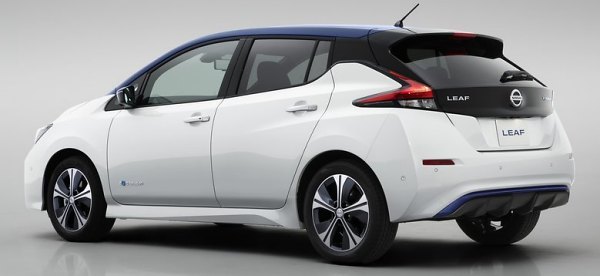 |
|
Easy
and relaxing to drive in urban area, but without any excitement to
speak of.
|
|
The new car offers a semi-autonomous driving system called ProPilot. It
is basically an adaptive cruise control with lane-keeping and auto
braking function, but it works only on single-lane roads with white
lines marked (as its cameras read the lines), and it turns into corners
slowly
and jerkily, a sign of lacking processing and predictive power. For a
C-segment car this technology is quite advanced, but we expect to see
similar options on just about every new car soon. Another tech is Pilot
Parking, an automatic parking feature. It is effective but slow.
With an entry price about the same as before, Nissan hopes to double or
triple its sales over the last generation. While its much improved
performance and range support this target, the more ordinary packaging
and unexciting handling might suggest otherwise. With stronger and
stronger rivals and more choices on the market, I suppose it will be
difficult to maintain its position as sales leader.
|
Verdict:    |
|